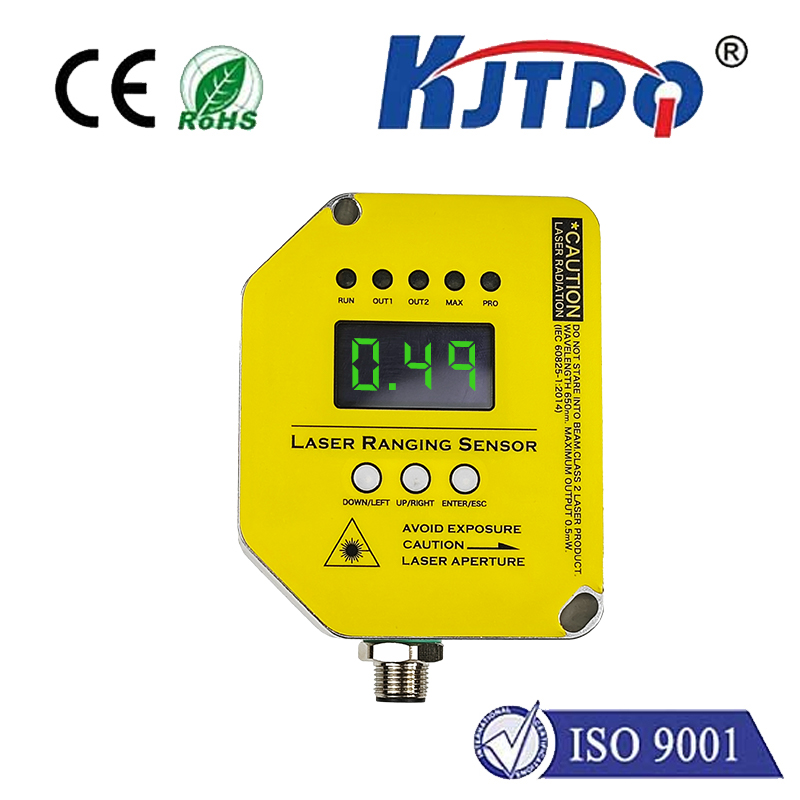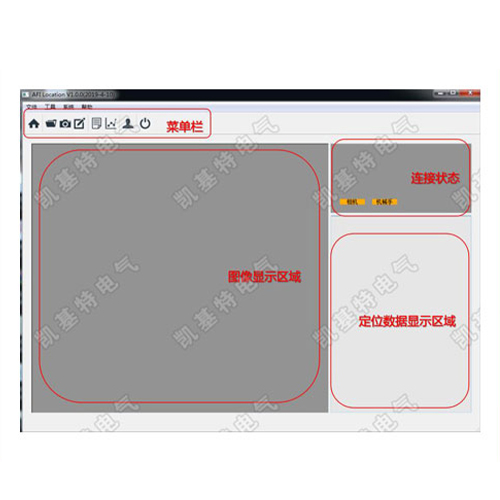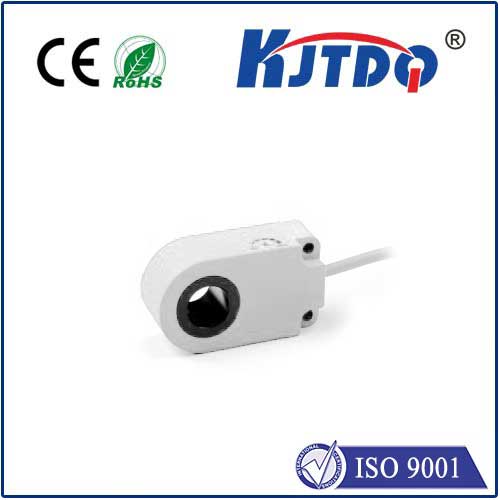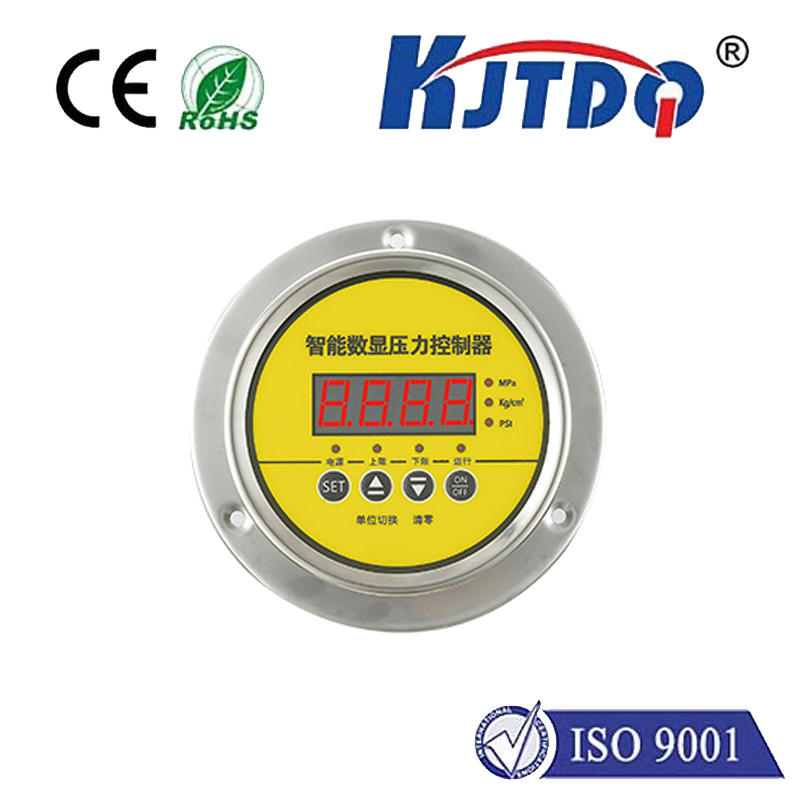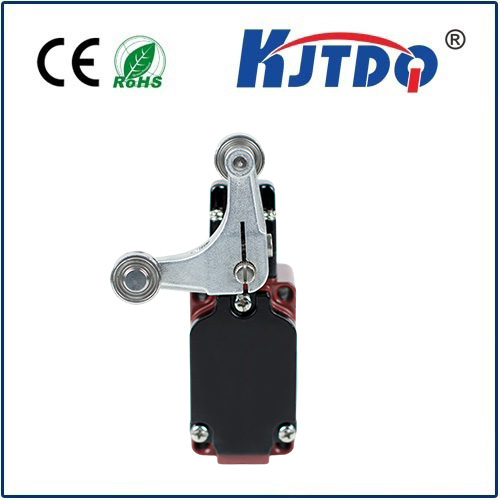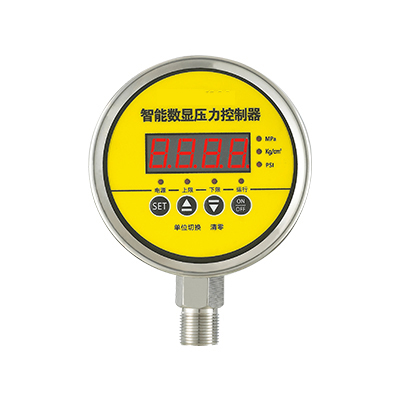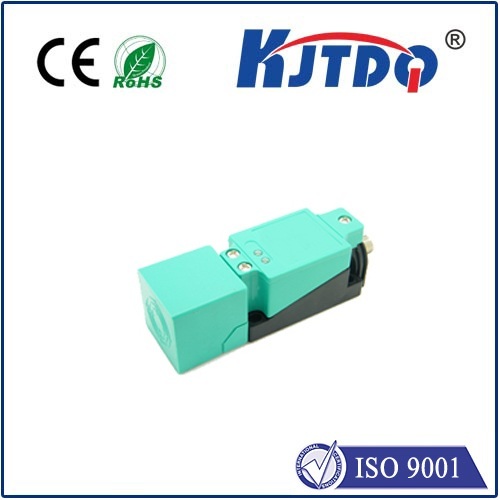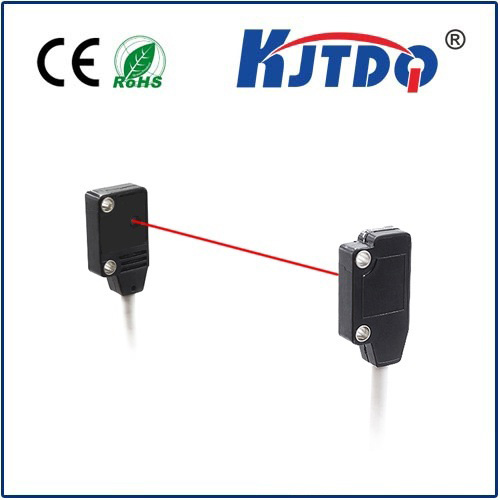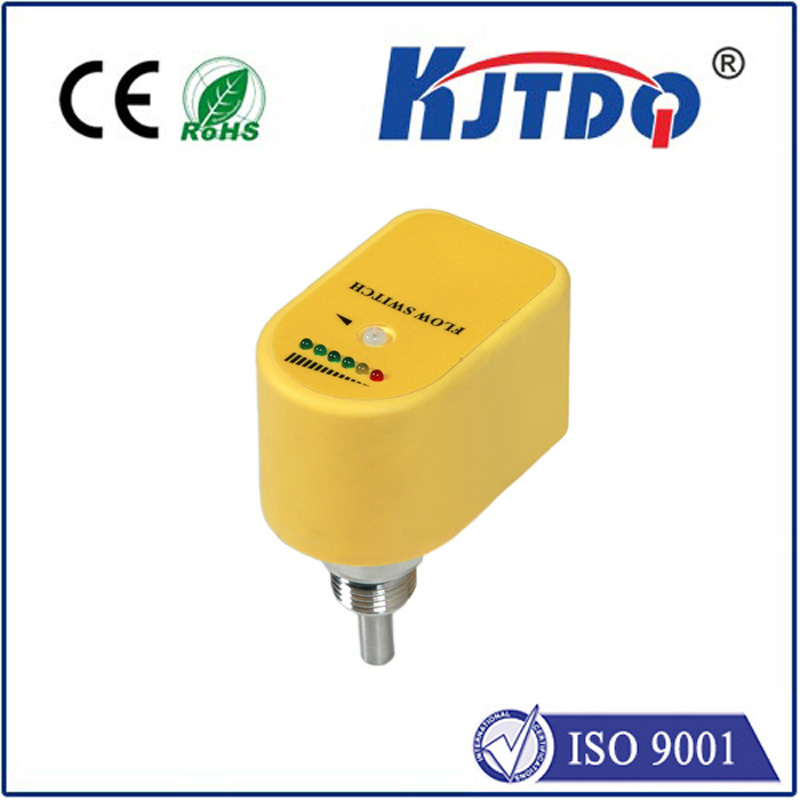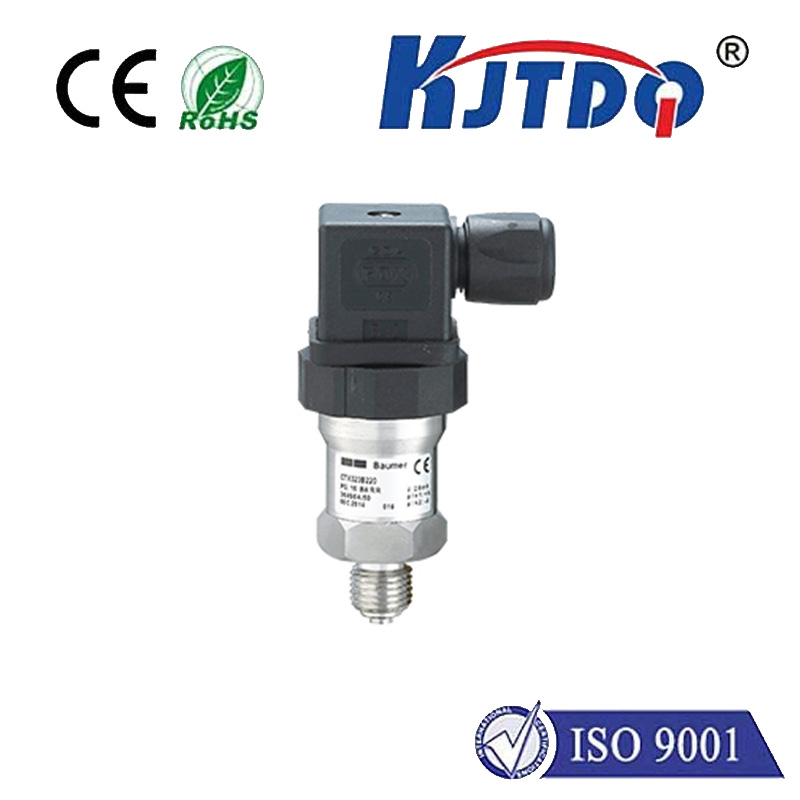Датчик квадратного приближения
- time:2025-06-25 01:32:09
- Нажмите:0
Understanding the Square Type Proximity Sensor: Key Player in Modern Automation
In automated factories where milliseconds matter and space is premium, the unassuming square type proximity sensor consistently delivers reliable, non-contact detection critical for seamless operations. These robust sensing devices, housed in a characteristically rectangular form factor, have become indispensable across countless industrial applications. Moving beyond traditional cylindrical designs, the square shape offers distinct advantages in modern machinery where layout optimization and easy integration are paramount. This article delves into the unique features, operating principles, and diverse applications of square proximity sensors, highlighting why they are often the preferred choice for demanding engineering tasks.
Beyond the distinct shape, the core function remains the same as any proximity sensor: non-contact detection of objects within a defined range. They achieve this without physical touch, eliminating mechanical wear and tear while enabling high-speed operation crucial for production lines. The “square” aspect primarily refers to the housing geometry, significantly influencing how and where these sensors are mounted and deployed.
Key Advantages Driving Adoption of Square Proximity Sensors:
- Flush Mounting Capability: One of the most significant benefits of many square sensor designs is their ability to be flush mounted. This means the sensing face can be installed level with (or recessed into) a metal bracket or machine surface. This characteristic is particularly vital in environments where the sensor might be exposed to accidental impacts, flying debris, or where space constraints necessitate a completely smooth profile. Flush mounting protects the sensor face and ensures reliable detection even in harsh settings.
- Space Efficiency and Mounting Stability: The flat surfaces of the housing simplify mounting, often requiring just a single bolt or clamp mechanism compared to potentially more complex clamping systems needed for cylinders. Their geometry allows them to be efficiently packed side-by-side or integrated tightly into machinery frames and linear guides, conserving valuable real estate within complex equipment or compact machines.
- Robustness and Environmental Protection: Manufacturers typically house these sensors in rugged materials like nickel-plated brass, stainless steel, or high-quality engineering plastics. Combined with standard Ingress Protection (IP) ratings (commonly IP67 or IP68), this ensures resilience against dust, moisture, cutting fluids, oils, and vibration – essential features for the demanding environments of manufacturing plants, food processing, and outdoor applications. Their robust construction guarantees longevity and minimal downtime.
- Stable Sensing Performance: The design inherently provides a stable platform for the sensing coil or electronic components. This contributes to consistent and repeatable sensing performance, even when subjected to thermal changes or minor mechanical stresses. Many square sensors offer shielded designs, minimizing the influence of surrounding metal and allowing detection primarily from the front face.
How Do Square Proximity Sensors Work?

Understanding the underlying technology is key. While capacitive and photoelectric square sensors exist (detecting different material properties), inductive proximity sensors are overwhelmingly the most common variant used in industrial automation:
- Inductive Principle: Within the sensor head lies an oscillator circuit generating a high-frequency electromagnetic field.
- Field Interaction: When a metallic target (typically ferrous metals like steel or iron, or non-ferrous like aluminum, brass, or copper) enters this field.
- Detection: The presence of the metal induces eddy currents within the target. These currents absorb energy from the sensor’s oscillating field.
- Signal Processing: The sensor’s internal circuitry detects this energy loss, causing the oscillator amplitude to change or stop.
- Output Switching: This change triggers a solid-state switch (usually NPN or PNP transistor output), changing the sensor’s output state (e.g., from OFF to ON or vice-versa) to signal the target’s presence.
Crucially, this entire process occurs without physical contact.
Where You’ll Find Them: Diverse Applications
The versatility and ruggedness of square proximity sensors make them ubiquitous:
- Position Verification: Confirming cylinders have reached end-of-stroke positions reliably.
- Object Counting: Counting parts on conveyors, bottles on filling lines, or boxes in packaging systems.
- Presence Detection: Verifying components are present before assembly steps, checking pallet presence, or detecting sheets in printing machines.
- Limit Control: Acting as travel limit stops for robotic arms, automated doors, or lifts.
- Machine Safety: Integrating into safety circuits to detect guard door positions or unsafe conditions (though dedicated safety-rated devices are used for critical functions).
- Speed Monitoring: Detecting teeth on gears or sprockets to monitor rotational speed.
- Перевозка материалов: Detecting pallets, totes, or AGVs (Automated Guided Vehicles) at transfer points.
- Automotive and Electronics Manufacturing: Critical for precision assembly, testing, and handling of delicate components on high-speed lines.
Selecting and Installing the Right Square Proximity Sensor:
When choosing, consider these factors carefully to ensure optimal performance:
- Sensing Distance (Sn): This defines the nominal range at which the sensor reliably detects a standard target. Always account for installation tolerances and potential target variations.
- Target Material: Inductive sensors detect metals, but the effective sensing distance varies significantly between ferrous and non-ferrous metals. Consult manufacturer datasheets for specific reduction factors.
- Output Type: Choose between NPN (sinking) or PNP (sourcing) transistor outputs based on the control system (PLC, controller) requirements. NO (Normally Open) or NC (Normally Closed) contacts define the switching logic.
- Connection Type: Options include pre-wired cables, quick-disconnect (M12 or M8 connectors), or terminal blocks, impacting installation speed and maintenance ease.
- Environmental Requirements: Verify the IP rating (dust/water resistance) and temperature range match the operational environment. Consider chemical exposure or potential washdowns.
- Mounting: Determine if flush mounting is essential for protection or space constraints. Ensure the mounting surface material is compatible (e.g., flush mounting usually requires non-metallic surfaces nearby to avoid interference).
Installation Tips:
- Follow Manufacturer Guidelines: Strictly adhere to specified mounting clearances (especially for flush mount sensors) and sensing distances.
- Avoid Metal Interference: Mount the sensor away from large masses of surrounding metal unless it’s designed for flush mounting into metal. Nearby metal can reduce the effective sensing range.
- Secure Wiring: Use cable glands or conduits where necessary to protect wiring from damage and maintain the sensor’s IP rating. Shielded cables may be needed in electrically noisy environments.
- Test Thoroughly: Test the sensor’s operation with the actual target material under real operating conditions to verify reliability before finalizing the installation or production run.
The Enduring Value of the Square Form Factor
The Датчик квадратного приближения represents a brilliant fusion of robust engineering and practical utility. Its shape directly addresses critical challenges in modern automated systems: the need for durable, space-saving, and easily mountable sensing solutions. Mastering the nuances of their operation – from inductive sensing principles to the importance of flush mounting and IP ratings – empowers engineers and technicians to select, install, and maintain these devices effectively. As automation continues to advance, demanding greater precision and resilience within tighter spaces, the square proximity sensor remains a fundamental and highly reliable component enabling the smooth, efficient, and safe functioning of machinery worldwide.

